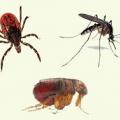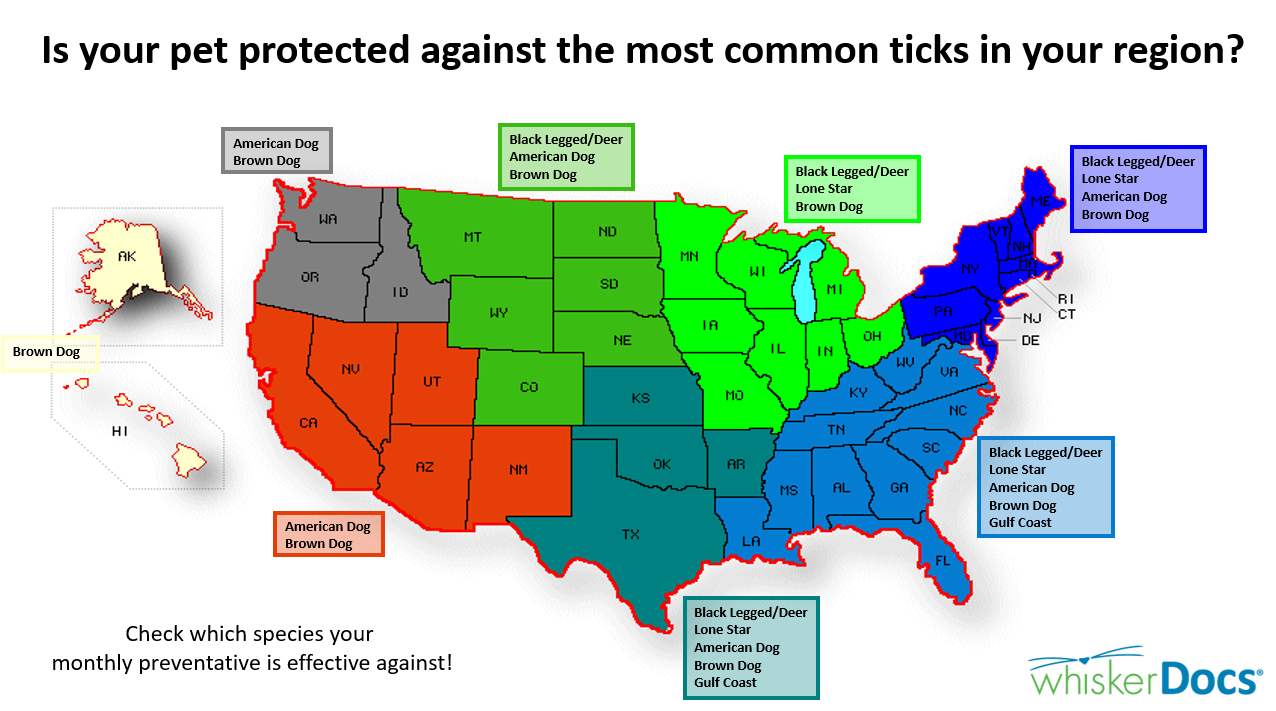Flea Information
Why isn't flea control resolving the issue?
Unfortunately, flea and tick products are never 100% effective. That said, though, you may be making some common mistakes, such as:
- Using the wrong product for the flea life cycle.
- Using couterfeit products.
- Forgetting to treat all animals in the house (even if they never go outdoors).
- Forgetting to clean carpets, linens, and bedding.
More information about using pet flea control products safely and effectively can be found here.
Why is my pet so itchy despite not having fleas?
Some pets are allergic to flea bites, which can cause them to become itchy, even if there isn't an active flea problem in the house. Similar to a person with an allergy to bee stings, a single bite could cause a severe reaction in your pet. If you're worried your pet might be suffering from a flea allergy, the following articles could help:
I've tried everything! What else can I do for my flea problem?
Fleas can be difficult to control, and our team certainly understands that. Sometimes, just a fresh look at what you've tried, the products you're using, and your pet's lifestyle can set your war against these pests back on the right track. The team at whiskerDocs is prepared to review the situation and help you make the best decision on the next best steps to take for your pet.




